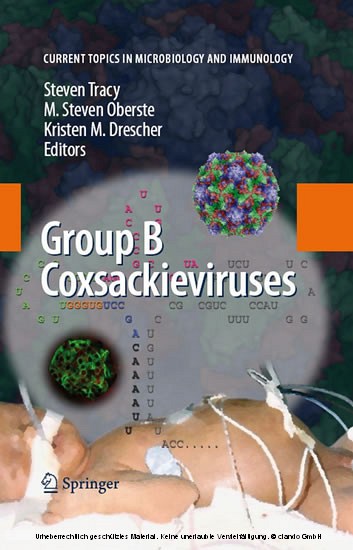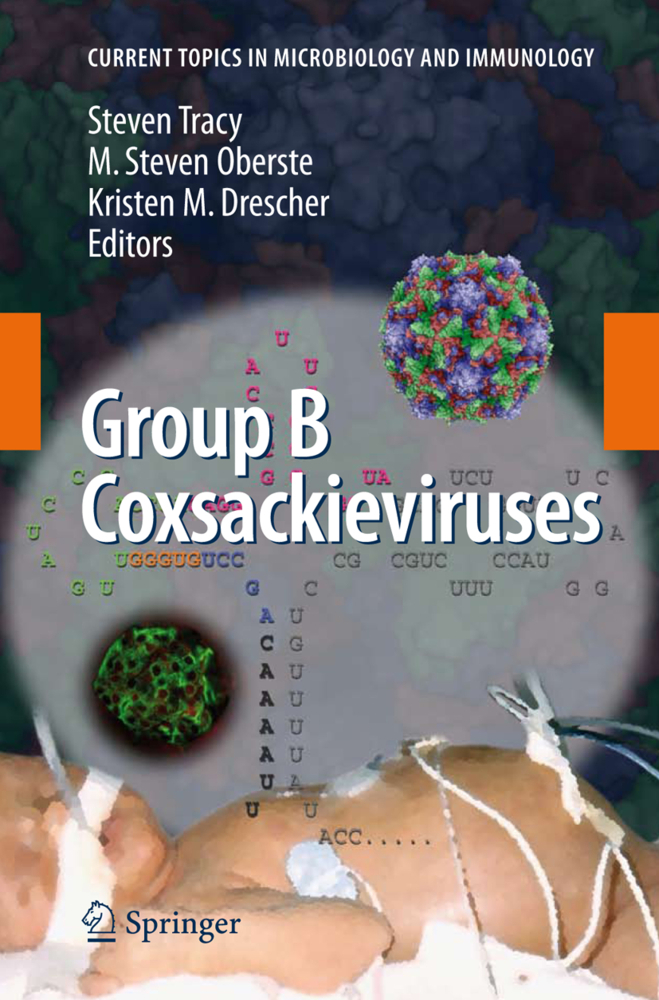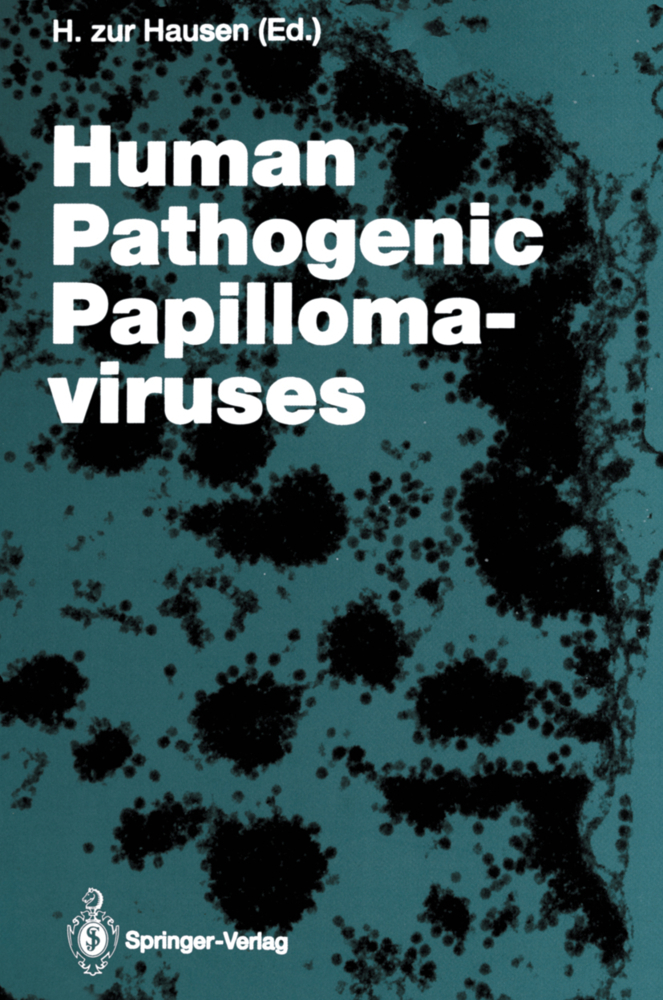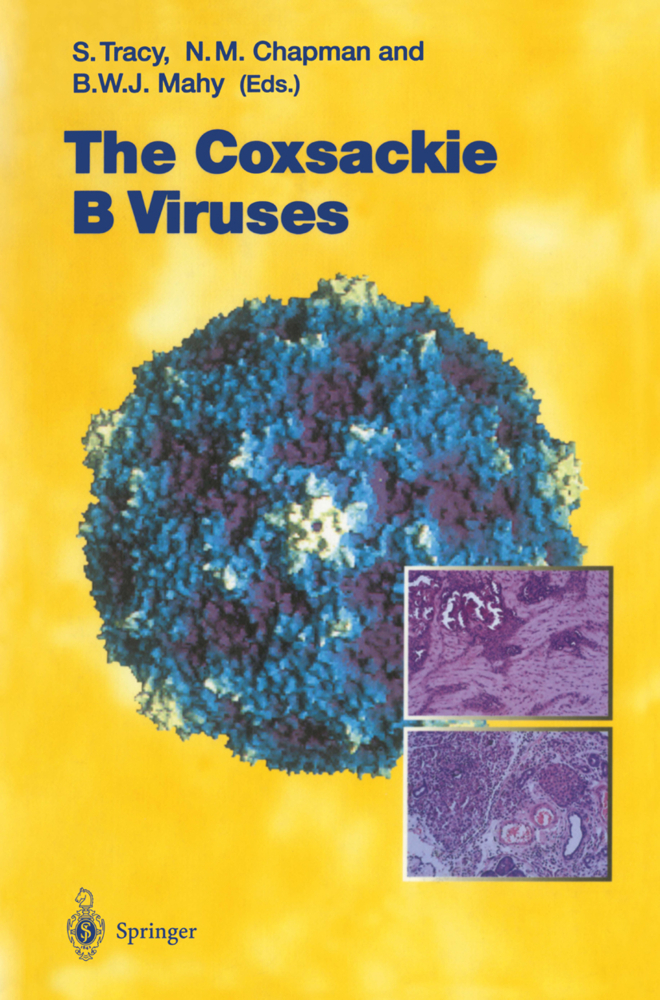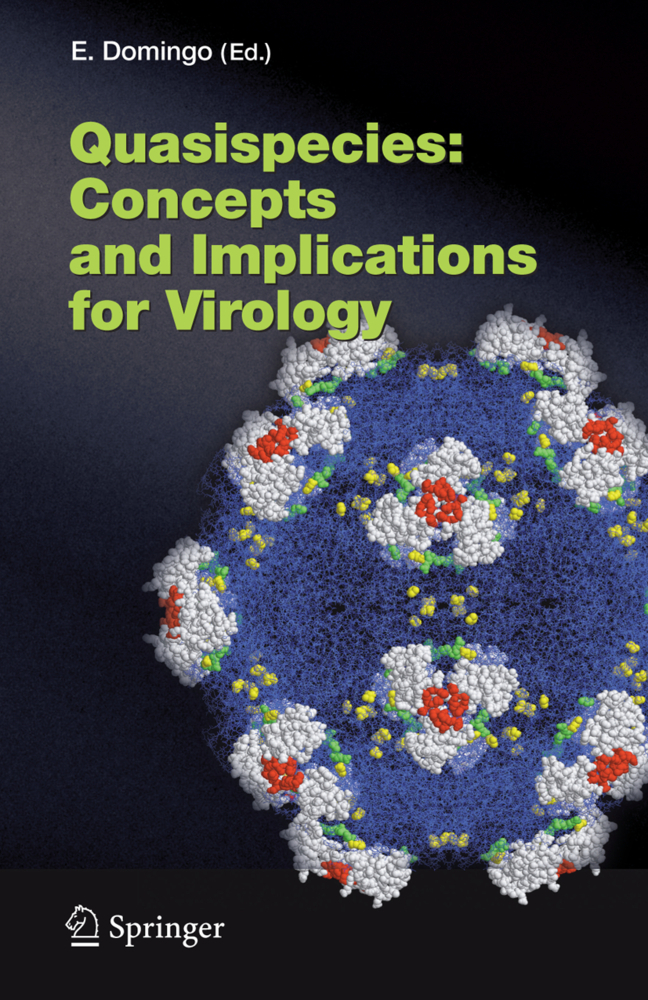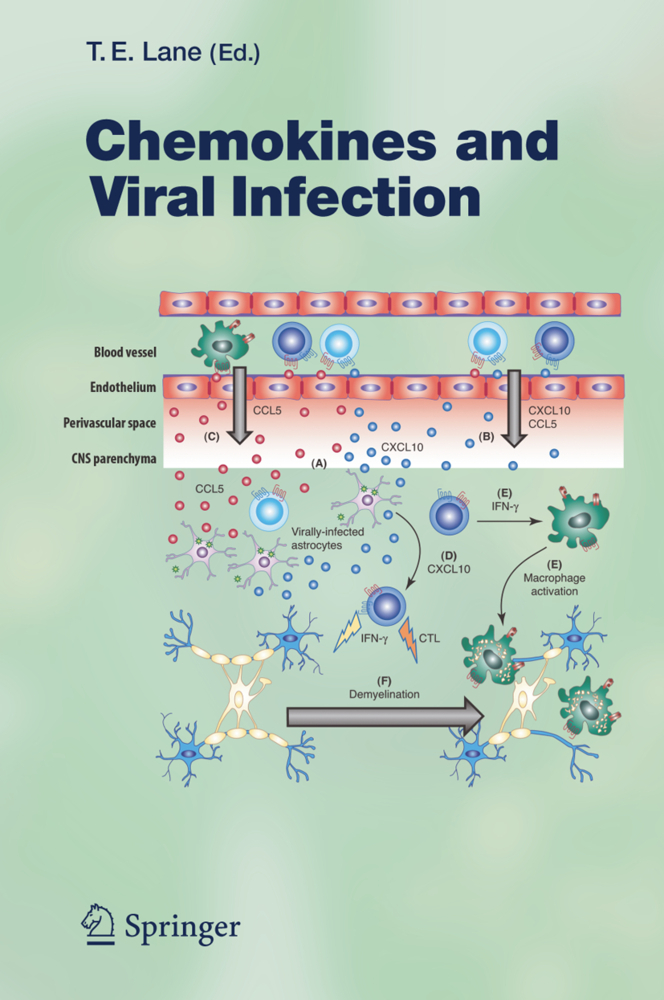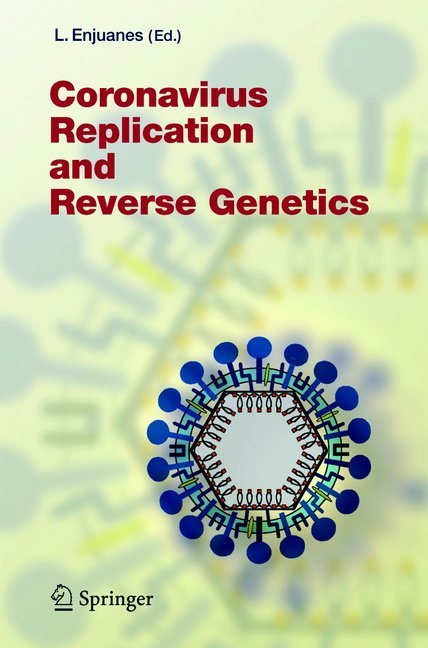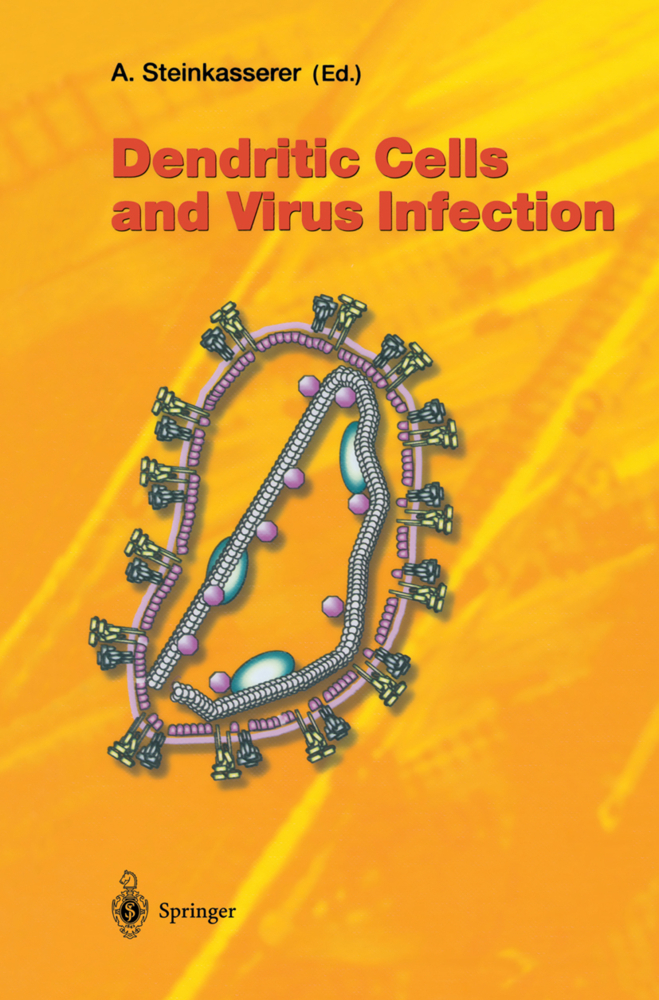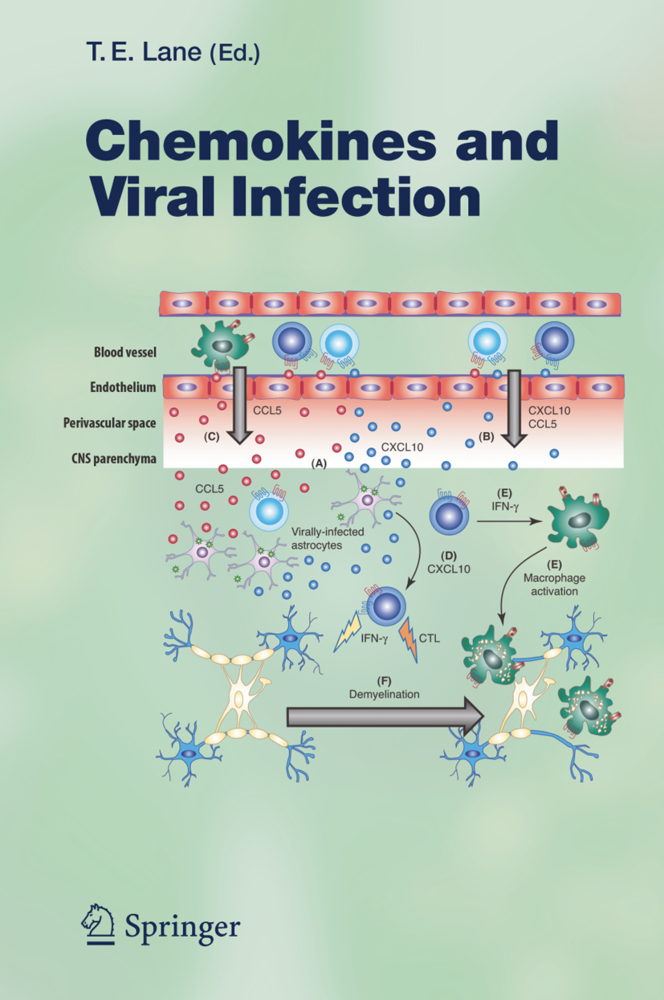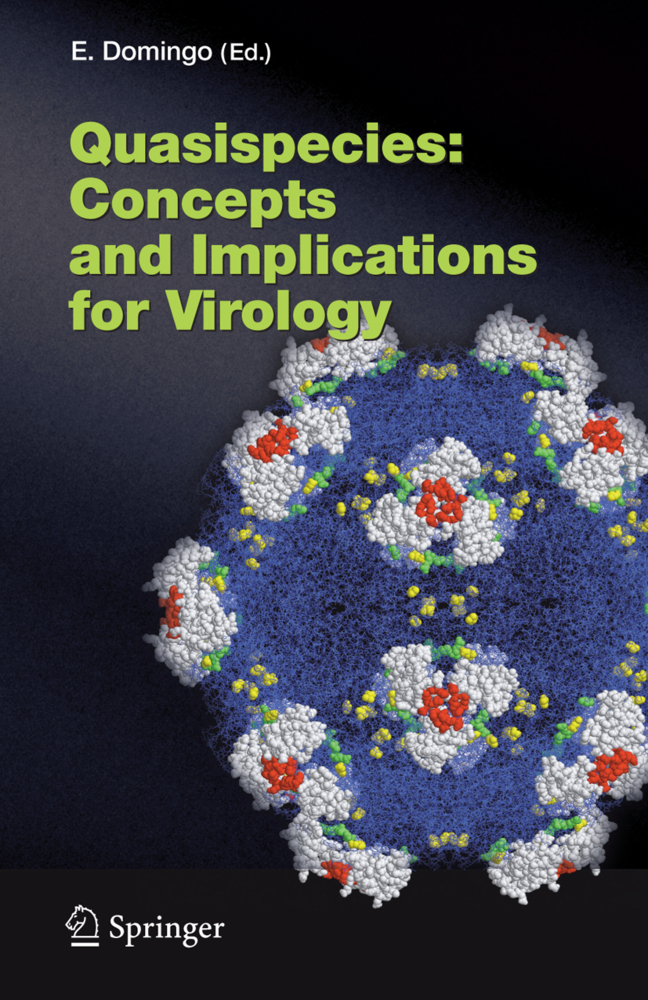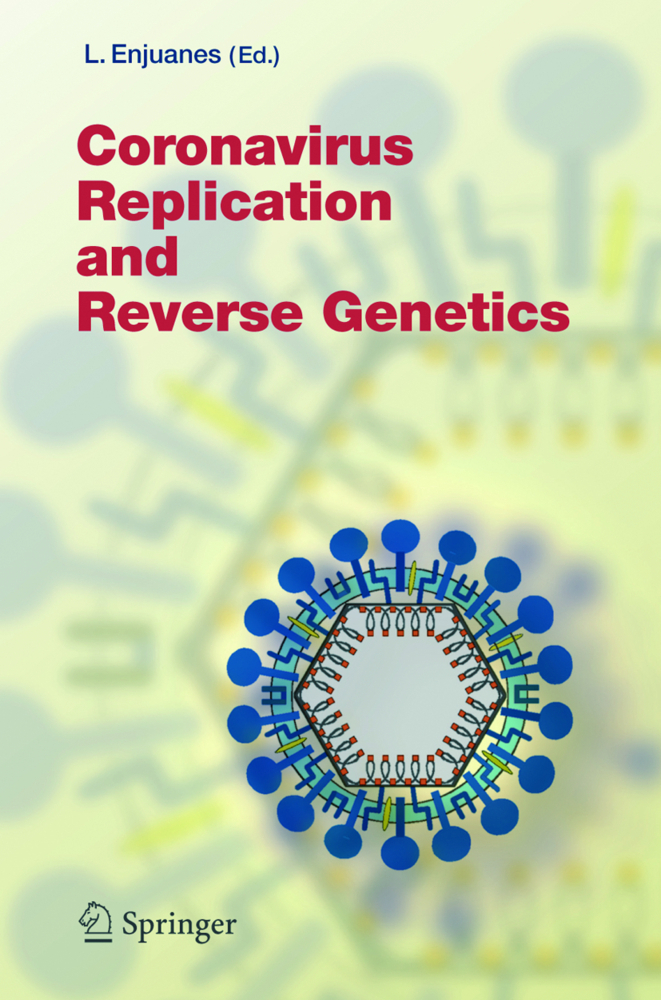At last a volume that virologists have been waiting for: a fully updated new edition of a major study in a key subject area. The first edition of this work, published in 1997, described the molecular biology of coxsackie B viruses, as well as clinical, epidemiological, and immunological aspects of group B coxsackievirus disease. This brand new edition covers all the research accomplishments of the last ten years in this vital area of medicine, including immunopathology. Our knowledge of the group B coxsackieviruses has progressed dramatically in the past 60 years. Some of the most recent advances include the identification of the coxsackievirus-adenovirus receptor, the dissection of genetic elements linked to virulence/attenuation, examination of the impact of recombination in virus evolution and diversity, and analysis of the role of viral proteins in regulating host cell macromolecule synthesis and trafficking. The First Edition of this work, published in 1997, described the molecular biology of coxsackie B viruses, as well as clinical, epidemiological, and immunological aspects of group B coxsackievirus disease. Much has been accomplished in the past ten years, including determination of the crystal structure of a virus-receptor complex, significant advances in understanding the molecular details of virus-host interaction within the cell, and deeper insights into the systemic effects of virus infection and the host response. This Second Edition summarizes the current state of knowledge in group B coxsackievirus genomics and replication, receptor structure and function, host cell interactions, the host immune response and immunopathology, viral virulence and pathogenesis, and the role of this important group of viruses in acute and chronic disease in humans. This monograph reviews information published since 1997 on the group B coxsackieviruses (CVB), a large and important group of human enteroviruses. The CVB were discovered in the mid-20th century, during the search for other poliovirus types, and within a very few years of this discovery, the CVB had been implicated as causes of human myocarditis and pancreatitis. The study of the CVB is still inextricably linked with the fate of their well-known relatives, the polioviruses, for as poliovirus eradication proceeds around the world, the CVB emerge more prominently as the enteroviruses best suited for continuing studies in enteroviral molecular biology as well as understanding the mechanisms underlying enteroviral pathogenesis. This volume reviews and presents modern views on the spectrum of CVB biologies, from interaction of the virus with its receptor through replication, speciation, and induction of disease.
Comparative genomics of the coxsackie B viruses and related enteroviruses
Group B coxsackievirus virulence
Section 2: CVB Entry and Replication
The coxsackievirus and adenovirus receptor (CAR)
Coxsackievirus B RNA replication: Lessons from poliovirus
CVB translation: Lessons from the polioviruses
Preferential coxsackievirus replication in proliferating/activated cells: implications for virus tropism, persistence, and pathogenesis
Section 3 Host-Virus Interaction
The impact of CVB3 infection on host cell biology
Host immune responses to coxsackievirus B3
Pediatric group B coxsackievirus infections
Pancreas
CVB-induced pancreatitis and alterations in gene expression
The CVB and etiology of type 1 diabetes
Heart
Persistent coxsackievirus infection: Enterovirus persistence in chronic myocarditis and dilated cardiomyopathy
Autoimmunity in coxsackievirus infection
CVB infection and mechanisms of viral cardiomyopathy
Subject index.
Section 1: CVB Genetics
Coxsackieviruses and quasispecies theory: evolution of enterovirusesComparative genomics of the coxsackie B viruses and related enteroviruses
Group B coxsackievirus virulence
Section 2: CVB Entry and Replication
The coxsackievirus and adenovirus receptor (CAR)
Coxsackievirus B RNA replication: Lessons from poliovirus
CVB translation: Lessons from the polioviruses
Preferential coxsackievirus replication in proliferating/activated cells: implications for virus tropism, persistence, and pathogenesis
Section 3 Host-Virus Interaction
The impact of CVB3 infection on host cell biology
Host immune responses to coxsackievirus B3
Pediatric group B coxsackievirus infections
Pancreas
CVB-induced pancreatitis and alterations in gene expression
The CVB and etiology of type 1 diabetes
Heart
Persistent coxsackievirus infection: Enterovirus persistence in chronic myocarditis and dilated cardiomyopathy
Autoimmunity in coxsackievirus infection
CVB infection and mechanisms of viral cardiomyopathy
Subject index.
Tracy, Steven
Oberste, M. Steven
Drescher, Kristen M.
| ISBN | 9783540755463 |
|---|---|
| Artikelnummer | 9783540755463 |
| Medientyp | E-Book - PDF |
| Copyrightjahr | 2008 |
| Verlag | Springer-Verlag |
| Umfang | 340 Seiten |
| Sprache | Englisch |
| Kopierschutz | Digitales Wasserzeichen |

